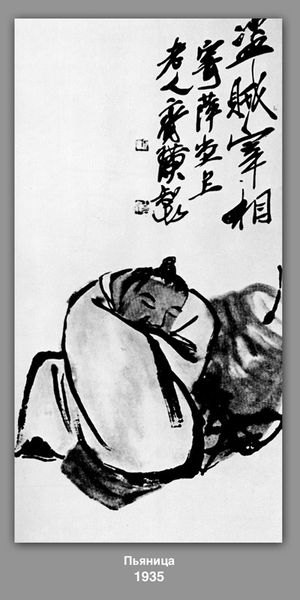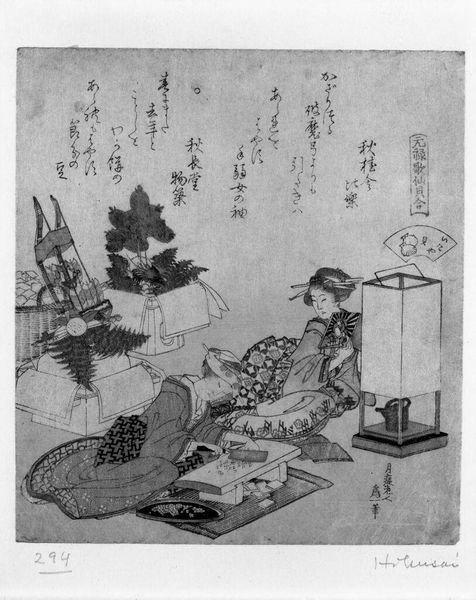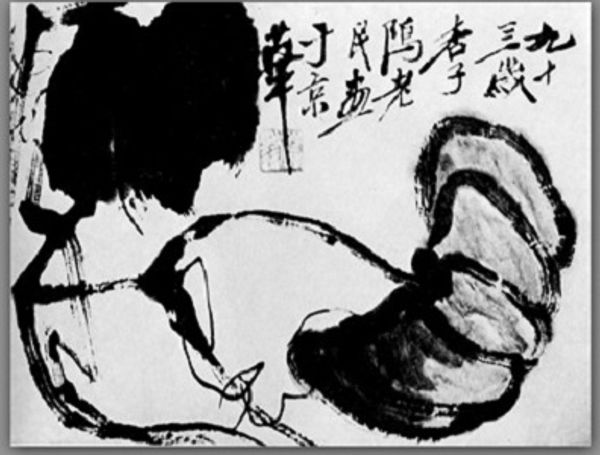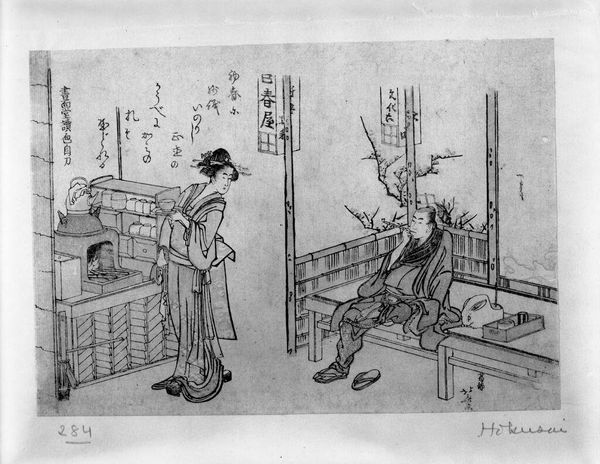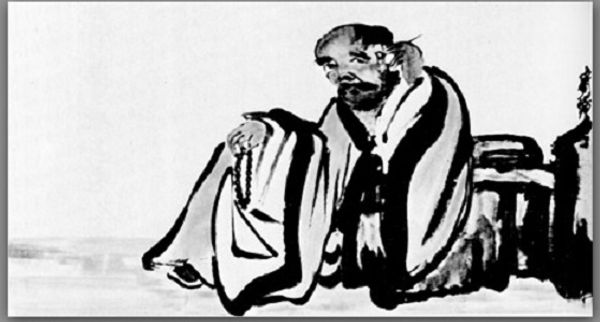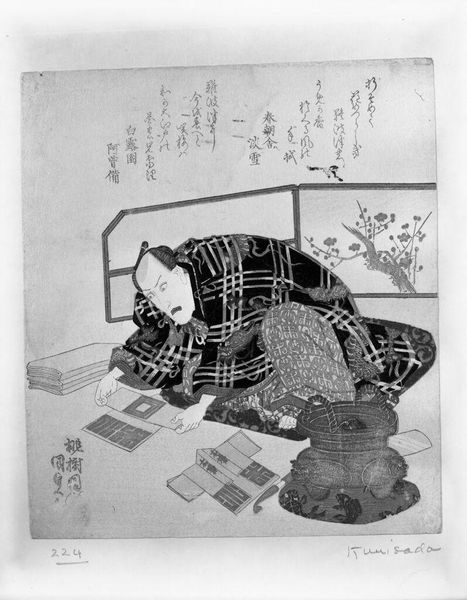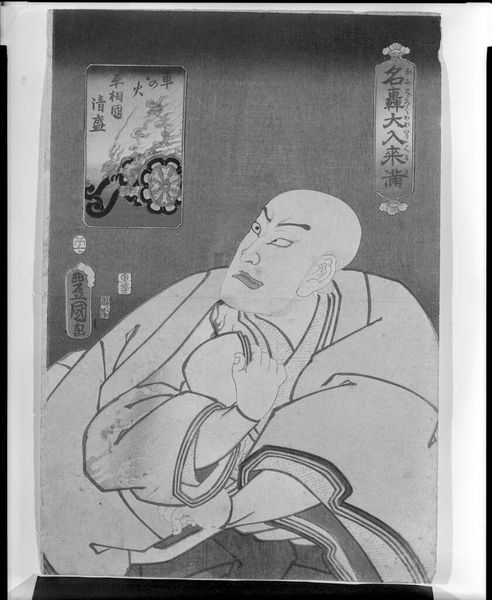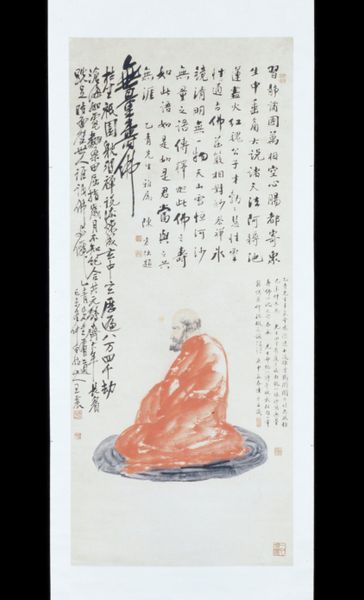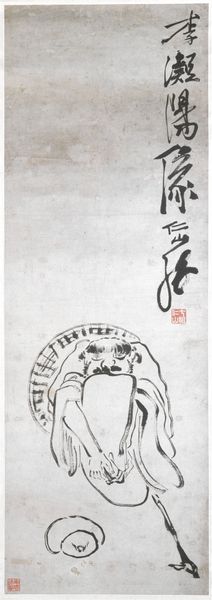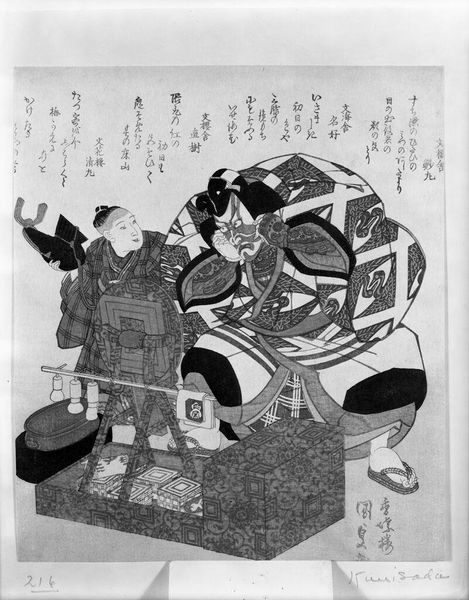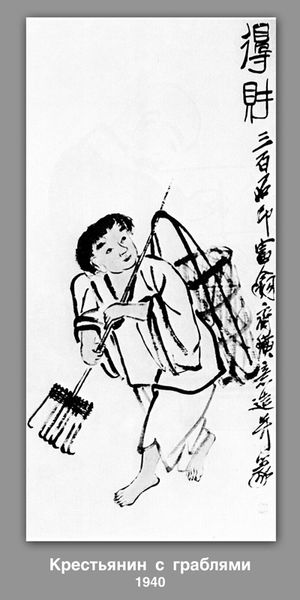
drawing, ink
#
portrait
#
drawing
#
asian-art
#
figuration
#
ink
#
modernism
Copyright: Public domain China
Curator: This is Qi Baishi's "Portrait of a Shih-tao", created in 1938. He used ink to capture this remarkable image. Editor: It strikes me immediately with its bold, almost graphic quality. The high contrast and simplified forms lend it a strong, immediate presence. Is Shih-tao an important figure in the history of Chinese art? Curator: Absolutely. Shih-tao, or Daoji, was a prominent Chinese painter, calligrapher, and theorist of the early Qing Dynasty. Qi Baishi's portrait engages in a dialogue with Shih-tao's legacy, positioning him as a precursor to modernist artistic expression in China, which often blends traditional themes with the introduction of more accessible, figurative elements. Editor: It's interesting to think of how social upheaval impacted art practices in the early 20th century. How did Baishi’s depiction challenge or reframe expectations about how cultural icons, like artists of previous dynasties, should be depicted during this period of societal change? Curator: By creating this image, Baishi situates Shih-tao not only as a venerated artist but also recontextualizes him. This is an active intellectual, caught in the act of creation. I wonder how the male gaze in the traditional context informed Baishi’s choice. Did he consider his gender presentation during a revolutionary period that challenged tradition? Editor: Yes, indeed. You have to also look at the institutional environment that informed how art and artists became subjects worthy of preservation. Perhaps Baishi saw himself and his peers becoming incorporated into the new history in ways that might not be completely self-authored, but politically relevant and reflective of the society during that period. Curator: That is certainly an important observation to make. And in the end, reflecting upon the visual language they created allows for us to interpret this artistic vision on the subject as the voice of cultural revolution, itself. Editor: Agreed, examining “Portrait of a Shih-tao” as a historical marker of a modern artist's homage can prompt discussion about how history itself is produced, viewed, and presented. It shows us that legacies live and evolve beyond their creators.
Comments
No comments
Be the first to comment and join the conversation on the ultimate creative platform.
